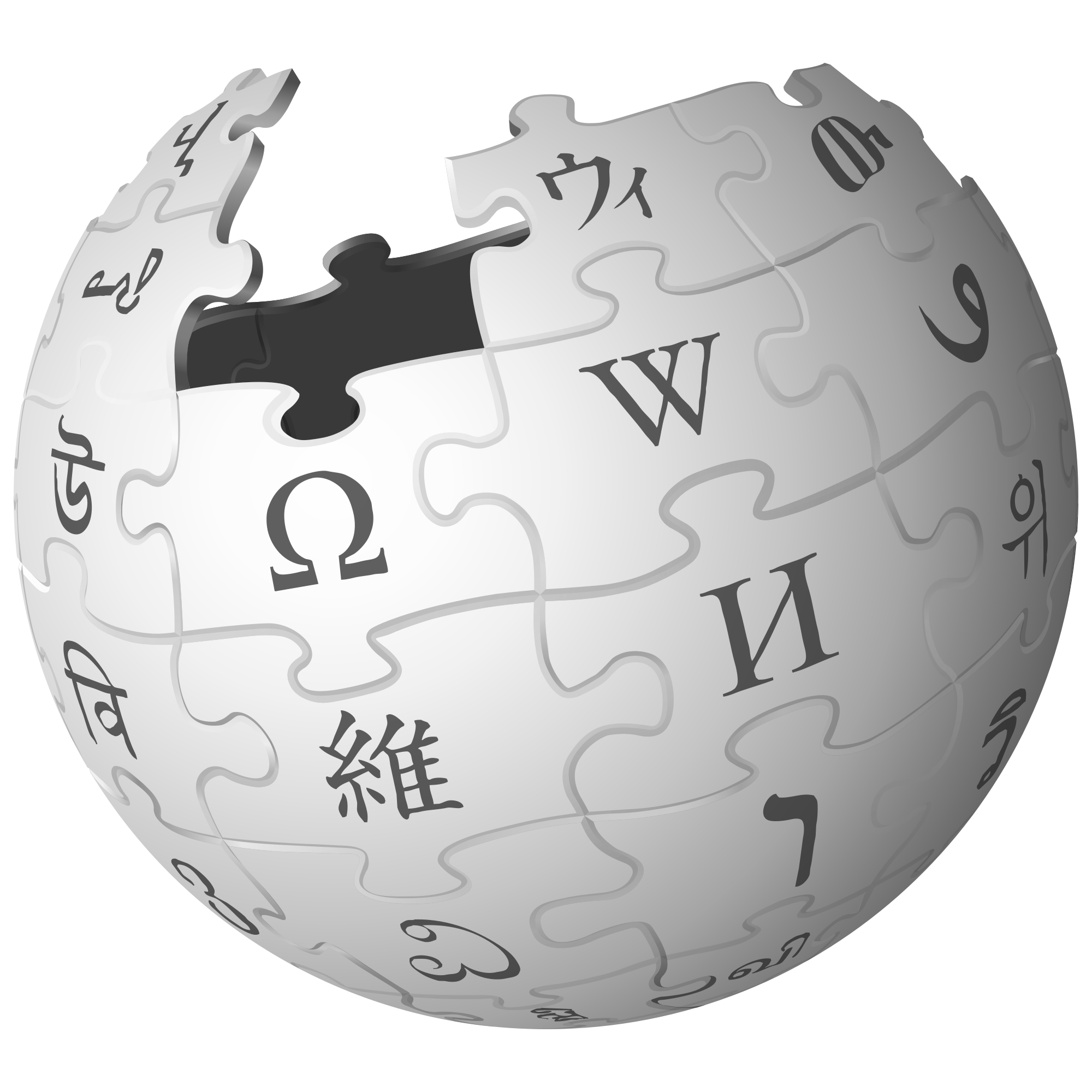Gum arabic (gum acacia, gum sudani, Senegal gum and by other names[a]) (Arabic: صمغ عربي) is a tree gum exuded by two species of Acacia sensu lato, Senegalia senegal[2] and Vachellia seyal. The gum is harvested commercially from wild trees, mostly in Sudan (about 70% of the global supply) and throughout the Sahel, from Senegal to Somalia.
Gum arabic is a complex mixture of glycoproteins and polysaccharides, predominantly polymers of arabinose and galactose. It is soluble in water, edible, and used primarily in the food industry and soft drink industry as a stabilizer, with E number E414 (I414 in the US). Gum arabic is a key ingredient in traditional lithography and is used in printing, paints, glues, cosmetics, and various industrial applications, including viscosity control in inks and in textile industries, though less expensive materials compete with it for many of these roles.

Gum arabic exuding from Acacia nilotica. Ashwin Baindur (User:AshLin) • CC BY-SA 4.0
Tree’s are so cool. Reading this reminded me of the novel The Overstory https://en.wikipedia.org/wiki/The_Overstory
It is a great story that is cynical in many ways, especially the moments when the person understands the trees in an almost spiritual language way
I would like to see these gum arabic tree groves, then I want to see the trees that make shellac!



